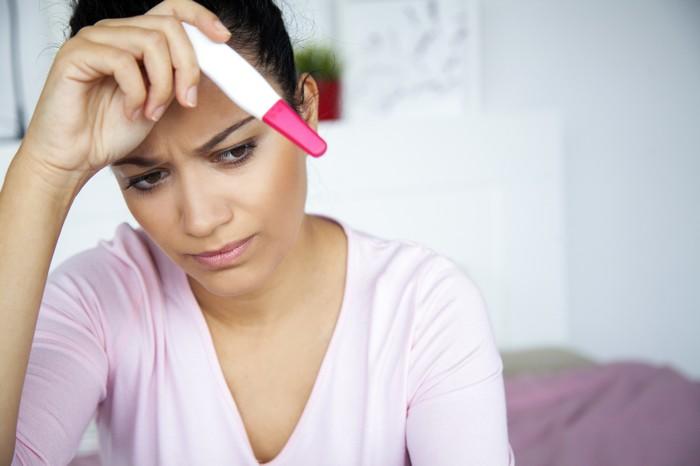Determining your ovulation date is a crucial step for women trying to conceive or those simply wanting to understand their menstrual cycle better. Ovulation is the process where an ovary releases an egg, which can be fertilized by sperm. Knowing your ovulation date can help you time intercourse more effectively if you’re trying to get pregnant or can assist in natural family planning methods.
In this article, we will explore various methods you can use to check your ovulation date at home. Each method has its benefits and limitations, and understanding them will help you choose the best approach for your needs.
Understanding Ovulation
What Is Ovulation?
Ovulation is a part of the menstrual cycle. It typically occurs midway through the cycle, around 14 days before your next period. During ovulation, a mature egg is released from the ovary and travels down the fallopian tube where it may meet sperm. The timing of ovulation is critical for conception.
Factors Affecting Ovulation
Several factors can influence when ovulation occurs, including stress, illness, changes in routine, and hormonal imbalances. Understanding these factors can help you better predict your ovulation date.
Methods to Check Ovulation at Home
1. Tracking Menstrual Cycles
One of the simplest methods to estimate your ovulation date is by tracking your menstrual cycle.
Cycle Length
To estimate ovulation, first, determine the length of your menstrual cycle. The average cycle lasts 28 days, but cycles can range from 21 to 35 days. Track your cycle for a few months to find the average length.
Calculating Ovulation
Ovulation typically occurs about 14 days before your next period. If you have a regular 28-day cycle, you might ovulate around day 14. If your cycle is longer or shorter, adjust accordingly. For example, in a 30-day cycle, ovulation might occur around day 16.
2. Basal Body Temperature (BBT) Charting
Basal body temperature charting involves measuring your temperature every morning before you get out of bed.
Measuring Temperature
Use a basal thermometer to measure your temperature. Take your temperature at the same time each morning, before getting up, and record it on a chart.
Identifying Ovulation
During the first part of your cycle, your temperature will be relatively low. After ovulation, your temperature will rise slightly and remain elevated until your next period. A sustained temperature rise indicates that ovulation has occurred.
3. Ovulation Predictor Kits (OPKs)
Ovulation predictor kits are over-the-counter tests designed to detect the surge in luteinizing hormone (LH) that occurs just before ovulation.
Using the Kit
Follow the instructions provided with the kit. Typically, you will need to test your urine at the same time each day, beginning a few days before your expected ovulation date.
Interpreting Results
A positive result on an OPK indicates that an LH surge is occurring, suggesting that ovulation will happen within the next 12 to 36 hours. This is the best time to try to conceive if that is your goal.
4. Cervical Mucus Monitoring
Cervical mucus changes throughout your menstrual cycle and can be an indicator of ovulation.
Observing Mucus
Track the consistency and color of your cervical mucus. Just before ovulation, the mucus will become clear, slippery, and stretchy, similar to egg whites. This type of mucus helps sperm travel through the cervix to the egg.
5. Fertility Apps
Fertility apps can help you track your menstrual cycle and predict ovulation based on your inputs.
Using the App
Enter information about your cycle length, period dates, and any symptoms. The app will use this data to predict your fertile window and ovulation date.
Evaluating Results
Apps can provide a useful prediction, but they are based on algorithms that may not always be accurate. Combining app predictions with other methods can increase accuracy.
see also: Do Lighter Periods Mean Less Fertile?
Tips for Accurate Ovulation Tracking
1. Be Consistent
For methods like BBT charting and OPKs, consistency is key. Measure your temperature at the same time each morning and use OPKs according to the manufacturer’s instructions.
2. Record Data
Keep detailed records of your cycle length, BBT, cervical mucus, and OPK results. This will help you identify patterns and better understand your ovulation.
3. Be Patient
It may take a few cycles to get a clear picture of your ovulation patterns. Be patient and give yourself time to gather accurate data.
4. Consult a Healthcare Provider
If you have irregular cycles or difficulty interpreting your results, consult a healthcare provider. They can offer additional insights and recommend further tests if needed.
Conclusion
Checking your ovulation date at home can be a valuable tool in understanding your menstrual cycle and improving your chances of conception. By using methods such as tracking your menstrual cycle, charting your basal body temperature, using ovulation predictor kits, monitoring cervical mucus, and utilizing fertility apps, you can gain a clearer understanding of when ovulation occurs.
Each method has its advantages and limitations, so combining several approaches may offer the most accurate results. Consistent tracking and record-keeping are essential for effective ovulation monitoring. If you have concerns about your fertility or cycle, don’t hesitate to consult a healthcare provider for personalized advice and support.
Understanding your ovulation cycle empowers you to take control of your reproductive health and make informed decisions about family planning and fertility.
Related topics:

























